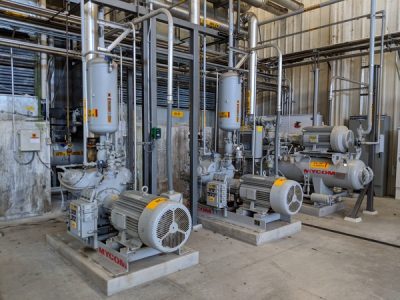RAGAGEP: Historical Variants and the Importance of IIAR Standards | Part 1: Introduction

Uriah Donaldson, OHST, presented a technical paper at the 2019 RETA National Conference and 2021 IIAR National Conference titled RAGAGEP: Historical Variants and the Importance of IIAR Standards.
This is the first post in a series of blogs which include excerpts from his technical paper.
Introduction
Recognized and Generally Accepted Good Engineering Practices (RAGAGEPs) are written documents intended for use in the design, installation, operation, and maintenance of process equipment. There has been a movement in the ammonia refrigeration industry towards standardization, yet there are historical variants which often cause confusion.
This blog series will discuss the importance of adhering to the International Institute of Ammonia Refrigeration’s (IIAR) suite of standards by exploring several variants in historical RAGAGEPs related to ammonia refrigeration. The goal is to give PSM/RMP responsible persons an understanding of the Ammonia industry’s historical RAGAGEP requirements in order to aid them in documenting that their systems have been designed in accordance with recognized and generally accepted good engineering practices at the time of construction.
An historical analysis of RAGAGEP variants in the following four (4) compliance categories will be performed:
- Emergency Shutdown Controls
- Diffusion Systems
- Ammonia Detection
- Machinery Room Ventilation
NOTE: The study utilizes citations from the Uniform Mechanical Code (UMC), International Mechanical Code (IMC), Uniform Fire Code/National Fire Protection Association (UFC/NFPA 1), International Fire Code (IFC), American Society of Heating, Refrigerating and Air-Conditioning Engineers Standard 15 (ASHRAE 15) and relevant bulletins and standards published by the International Institute of Ammonia Refrigeration (IIAR). In general, the study highlights variants beginning with the initial publication of IIAR 2 in 1974 through to the present days of the paper’s publication in 2021.

Leave a Reply